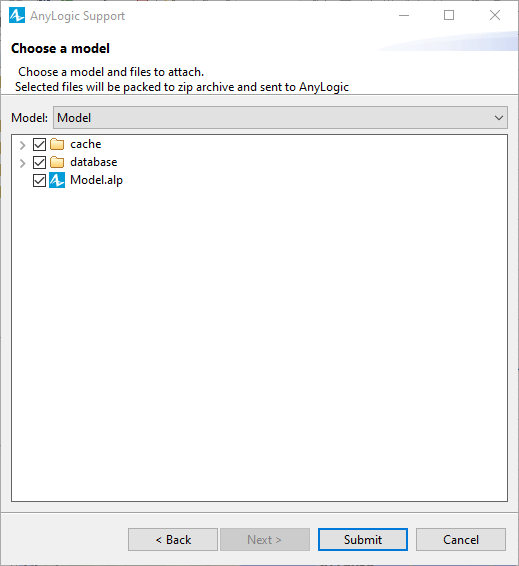

Anyways, during project development save as or make a copy of the.

Location target //a variable is declared without initialization. The solution is probably to type the parameters manually instead of copy pasting them. Sometimes you explicitly assign null to a variable to "forget" the object it referred to and to indicate that the object is missing or unavailable. If you declare a variable of a non-primitive type (of a class) and do not initialize it, its value will be set to null (null is a special Java literal that denotes "nothing"). The expression origin.distanceTo( destination ) is a method call – it asks the object origin to calculate the distance to another object destination. The expression new Location( 250, 470 ) is a constructor call, it creates and returns a new instance of the class Location with the given coordinates.
#Anylogic if type code#
Having defined such class, we can write very simple and readable code when working with the map, like this: Location origin = new Location( 0, 0 ) //create first location Location destination = new Location( 250, 470 ) //create second location double distance = origin.distanceTo( destination ) //calculate distance The locations origin and destination are objects and are instances of the class Location. Block As you can see, a class combines data and methods that work with the data. Variables (local variables and class fields) 5.


 0 kommentar(er)
0 kommentar(er)
